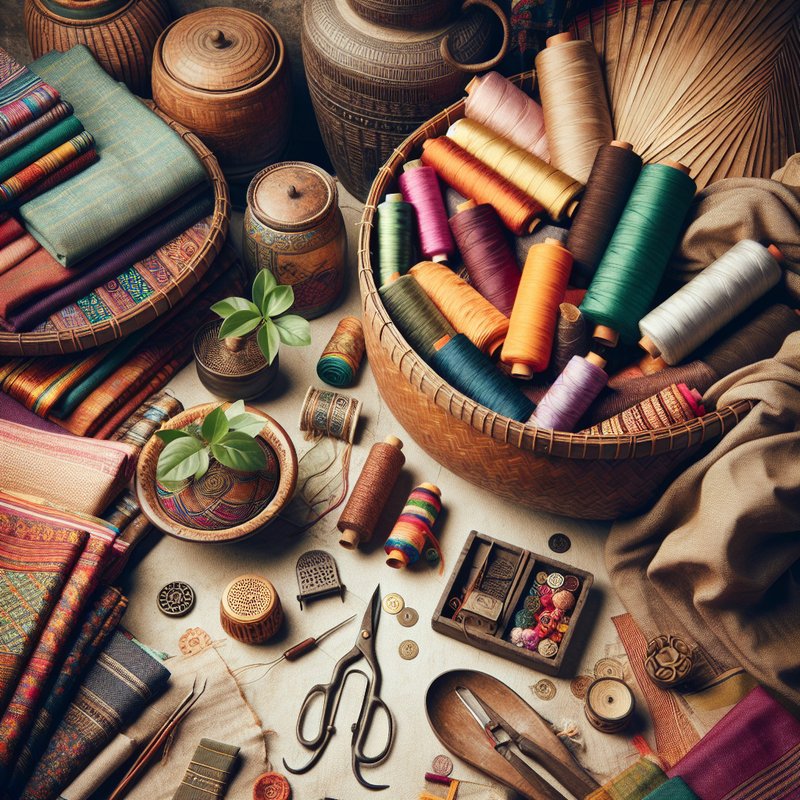The Rich History of Vietnamese Textiles

Vietnam’s textile heritage dates back centuries and is deeply ingrained in its culture. The country’s diverse ethnic groups each bring unique weaving techniques, patterns, and styles, contributing to a rich tapestry of textile traditions.
Traditional Vietnamese fabrics include silk, brocade, and cotton, often hand-woven and dyed using natural materials. These fabrics were historically used for various purposes, from royal garments to everyday clothing, embodying the artistry and cultural identity of different regions.
Exploring Vietnam’s Renowned Textile Markets

Vietnam’s textile markets are a paradise for fabric enthusiasts. Famous markets like Hanoi’s Dong Xuan Market and Ho Chi Minh City’s Ben Thanh Market offer an array of vibrant materials, from traditional silks to modern synthetics, reflecting both the country’s heritage and contemporary trends.
These markets also serve as cultural hubs where visitors can witness the bustling trade, haggle for the best prices, and soak in the lively atmosphere, making the shopping experience as much about cultural exploration as it is about purchasing fabric.
The Artisans Behind Vietnam’s Textiles

Behind every piece of fabric lies the skill and dedication of Vietnam’s artisans. Many of these craftsmen and women hail from long lines of weavers and dyers who have passed down their knowledge through generations.
Visiting workshops in villages like Van Phuc, known for its silk weaving, allows one to see firsthand the meticulous processes involved in creating these beautiful textiles. It also provides an opportunity to support local artisans directly, ensuring the preservation of these traditional crafts.
Sustainable Fashion and Vietnam’s Textile Markets

As sustainability becomes a global priority, Vietnam’s textile markets play a crucial role in promoting eco-friendly fashion. Many markets now offer fabrics made from organic materials and natural dyes, appealing to environmentally conscious consumers.
Additionally, the emphasis on hand-made and locally sourced fabrics reduces the carbon footprint compared to mass-produced textiles. By choosing these sustainable options, consumers can support environmentally friendly practices and contribute to the preservation of traditional textile arts.

Leave a Reply